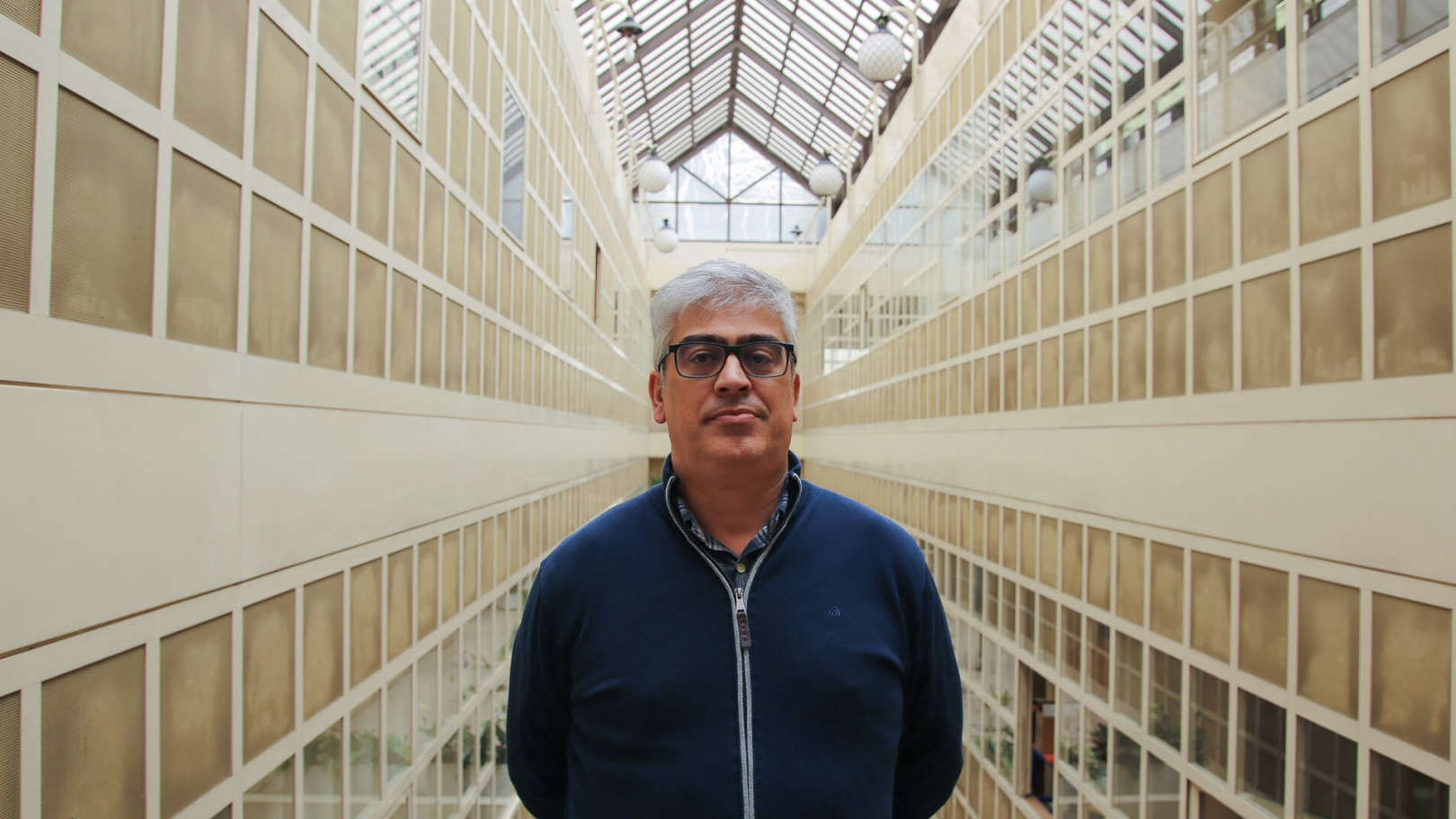About
Orlando Frazão graduated in Physics Engineering (Optoelectronics and Electronics) from the University of Aveiro, Portugal. He received his Ph.D. from the University of Porto, Portugal, focusing on optical fiber sensors based on interferometry and nonlinear effects. From 1997 to 1998, he was with the Institute of Telecommunications in Aveiro, holding a scholarship position in the European Project. Currently, he is a Senior Researcher at the Centre of Photonic applied photonic of INESC TEC, where he leads the Optical Fiber Sensors group for physical measurement. His current research interests include optical fiber sensors and optical communications. He has led several national research projects in optical sensing and communications and participated in the European project . He has active bilateral collaborations with France, Spain, Germany, Poland and Brazil.
He has published approximately more 500 papers in peer-reviewed journals and in international and national conference proceedings, and is the author of 7 patents. He serves as a reviewer for several international journals, including Nature, IEEE, OSA, Elsevier, IOP, among others. He has also participated in numerous conferences as a member of organizing and scientific committees. He is the recipient of three awards and is a Senior Member of SPIE and a Fellow of EOS.


